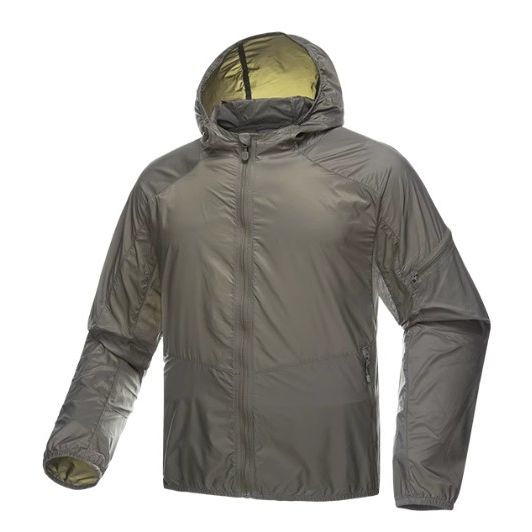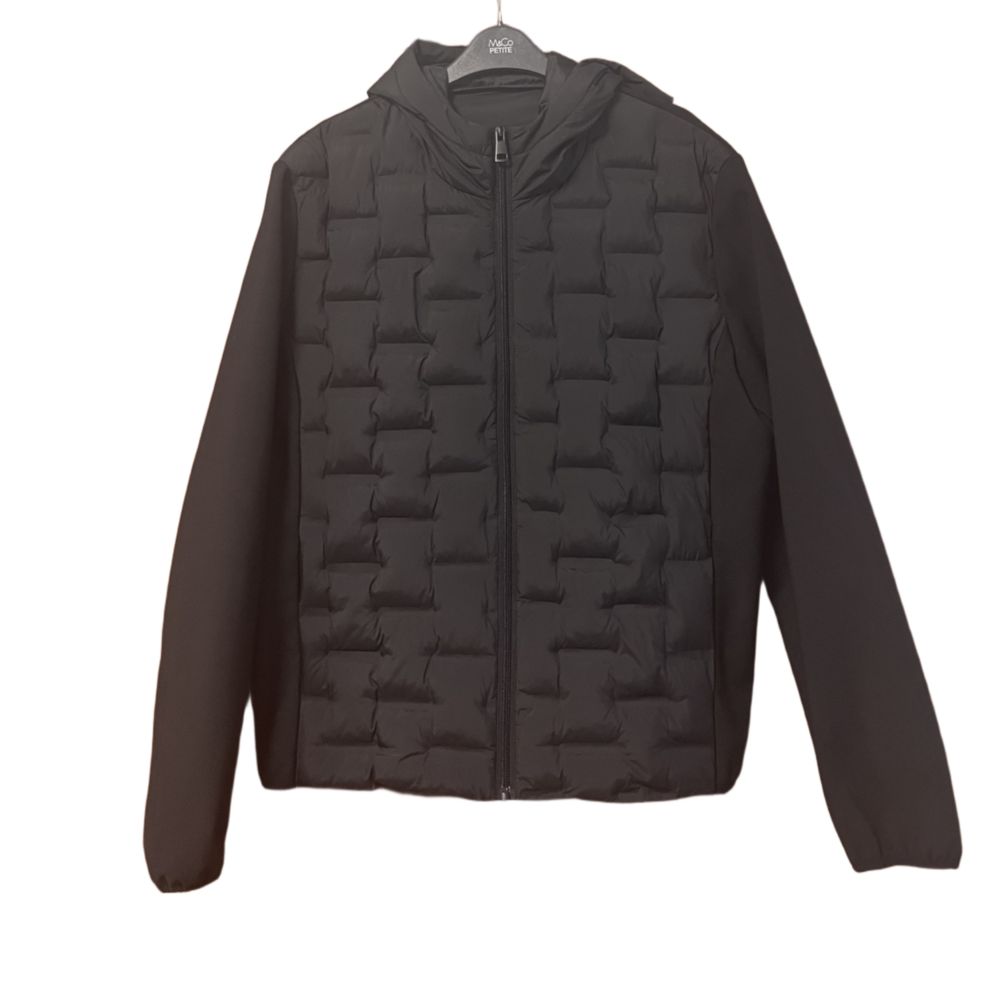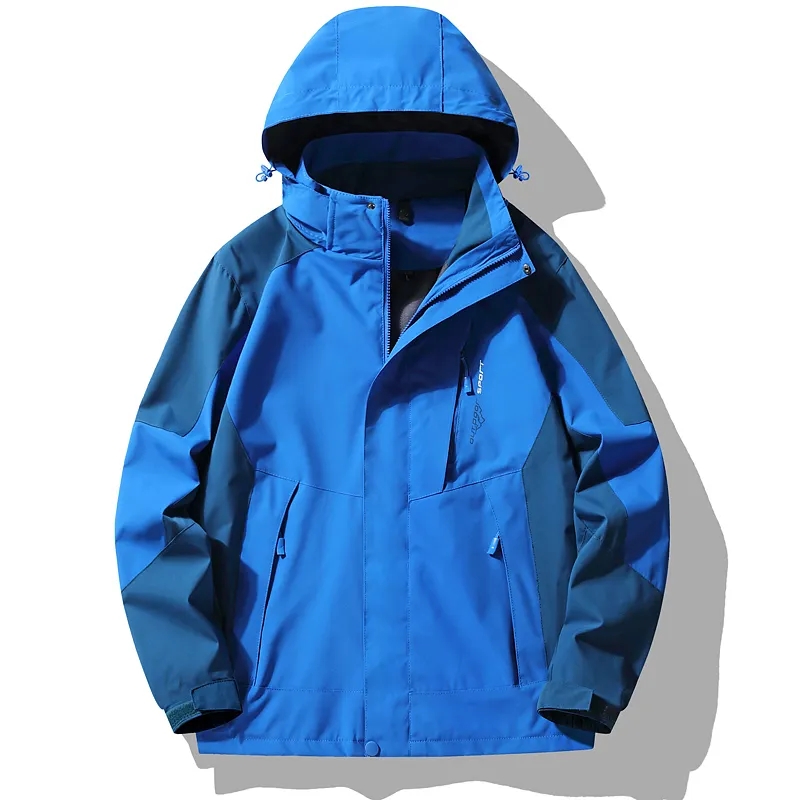From self-cleaning jackets to temperature-regulating leggings, apparel is getting a high-tech makeover. Innovations in fabric science are pushing the boundaries of design, blending functionality with futuristic style. Here’s how smart materials are changing what we wear:
1. Climate-Adaptive Textiles
Imagine outwear that thickens in the cold and thins in the heat. Phase-change materials (PCMs) and biomimetic fabrics are making this possible. Brands like Vollebak use graphene-infused layers for ultra-lightweight, heat-trapping coats—perfect for extreme weather.
2. Self-Repairing and Sustainable Fibers
Scientists are developing fabrics that “heal” minor tears or stains. Mushroom leather (mycelium) and algae-based yarns also offer biodegradable alternatives to traditional materials, aligning design with eco-conscious values.
3. Wearable Tech Integration
From solar-paneled backpacks to LED-embedded dresses, apparel is becoming interactive. Designers collaborate with engineers to embed sensors that monitor posture, UV exposure, or even air quality—all while looking runway-ready.
4. How to Embrace Smart Fashion
- Start with basics: moisture-wicking activewear or odor-resistant socks.
- Invest in a versatile piece, like a heated jacket or UV-protective scarf.
- Follow brands pushing boundaries (e.g., Ministry of Supply, Stella McCartney).
The future of design isn’t just about looks—it’s about what your clothes can do.





